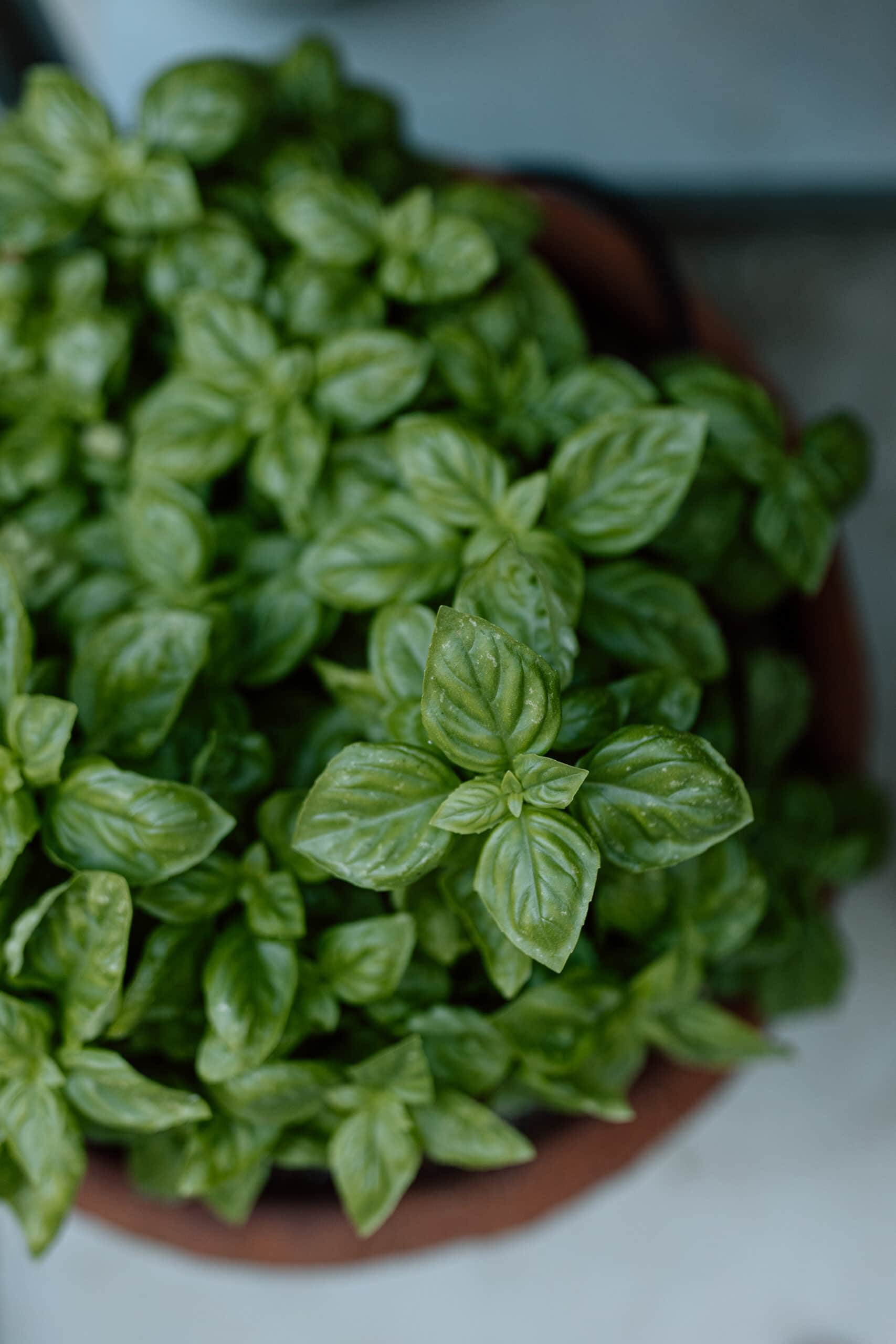Planting a spring garden in the California Central Valley can be a rewarding endeavor given the region’s favorable climate. Here are some tips to help you get started:
Know Your Planting Zone: The California Central Valley generally falls within USDA Hardiness Zones 8-9. Knowing your zone will help you choose plants that thrive in your specific climate.
Prepare Your Soil: Ensure your soil is well-draining, loose, and rich in organic matter. Consider adding compost or aged manure to improve soil fertility and structure. I live in San Joaquin/Stanislaus County. I purchased my compost from a local company, Advanced Soils, they were super helpful when getting the material, and found using it through my whole backyard gave it a fresh new look.
Choose the Right Plants: Select plants that are well-suited to the Central Valley’s climate and soil conditions. Some popular spring crops include tomatoes, peppers, cucumbers, squash, beans, and various herbs. Basil is a big one for my family since my kids can live off homemade pesto for the summer along with zucchinis.
Timing is Key: In the Central Valley, the last frost date typically occurs in late February or early March. Plant frost-sensitive crops after this date to avoid potential damage. Consult a local gardening calendar for specific planting dates. We typically like to use Good Friday as our date. It did come a little early this year, but found no problem picking up the plants in the store and the weather was cooperating.
Water Wisely: While the Central Valley can experience hot and dry weather in the spring, it’s essential to water your garden appropriately. Use drip irrigation or soaker hoses to deliver water directly to the plant roots and reduce water waste.
Mulch: Apply a layer of organic mulch, such as straw or shredded leaves, around your plants to help retain soil moisture, suppress weeds, and regulate soil temperature.
Monitor for Pests and Diseases: Keep an eye out for common garden pests like aphids, caterpillars, and snails, as well as diseases such as powdery mildew and blossom end rot. Implement integrated pest management techniques to control these issues, such as hand-picking pests, using insecticidal soap, and practicing crop rotation.
Support Your Plants: Provide support for vining crops like tomatoes, cucumbers, and beans with trellises, cages, or stakes to keep them off the ground and maximize airflow.
Harvest Regularly: Be sure to harvest your crops regularly to encourage continued production and prevent overripening or spoilage.
Rotate Your Crops: To prevent soil depletion and reduce the risk of pest and disease buildup, practice crop rotation by planting different crops in the same area each year.
By following these tips, you can create a thriving spring garden in the California Central Valley and enjoy a bountiful harvest throughout the season.



